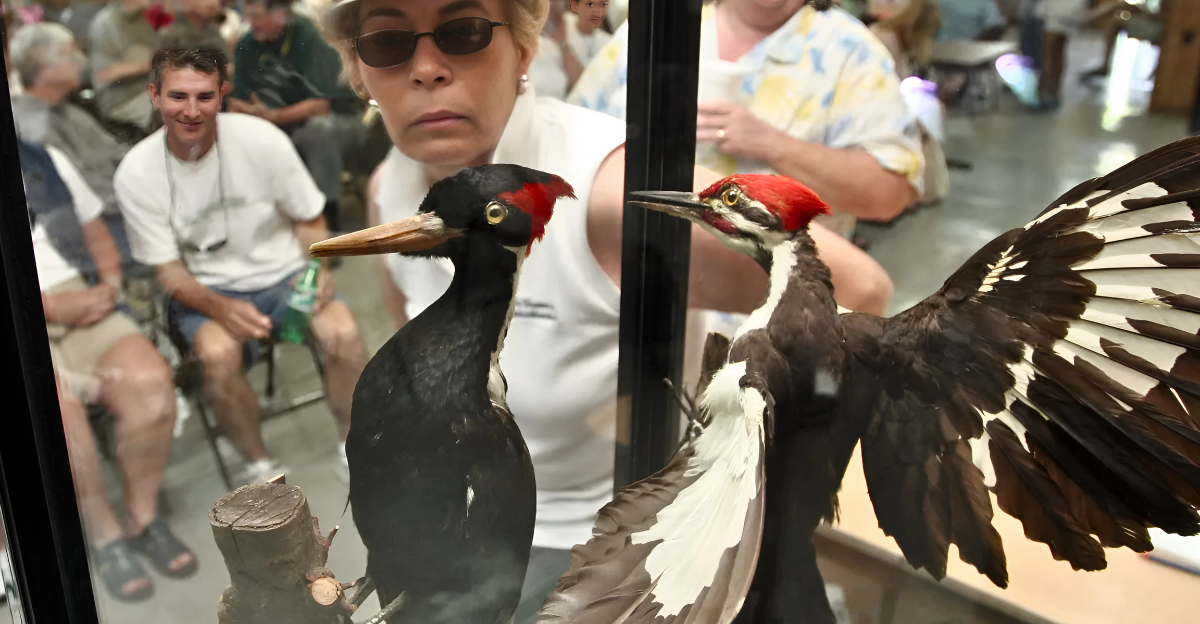
Extinction is not just a prehistoric tragedy tied to dinosaurs; over the years, it has continued right here in America. From birds that once filled the skies in the millions to unique mammals and regional species, countless animals have already vanished.
Each of these incredible animals tells a story of human impact, ecological loss, and shocking finality. Now, let’s take a look at 19 American species that have already gone extinct.
1. Carolina Parakeet
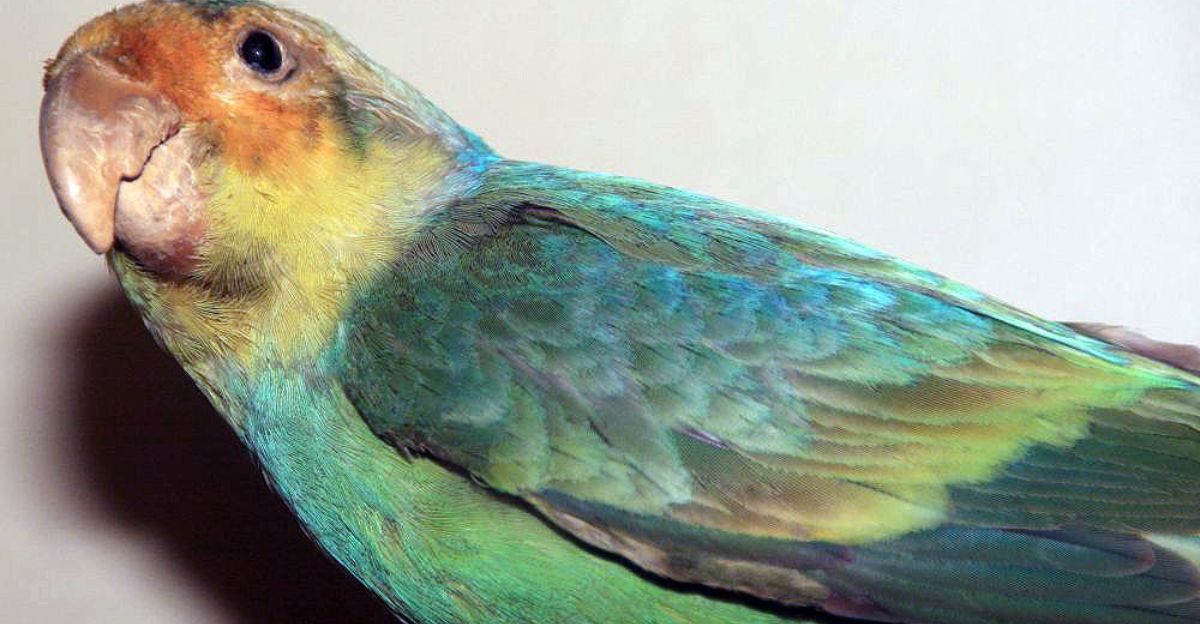
At one time, the Carolina Parakeet was the only native parrot that could be found in the U.S. It was known for its incredible green feathers and bright orange face.
However, sadly, these birds were considered agricultural pests and were hunted aggressively. At the same time, deforestation destroyed their habitat. By the early 1900s, the last confirmed Carolina Parakeet died in captivity. Their extinction remains a haunting reminder of human negligence.
2. Passenger Pigeon
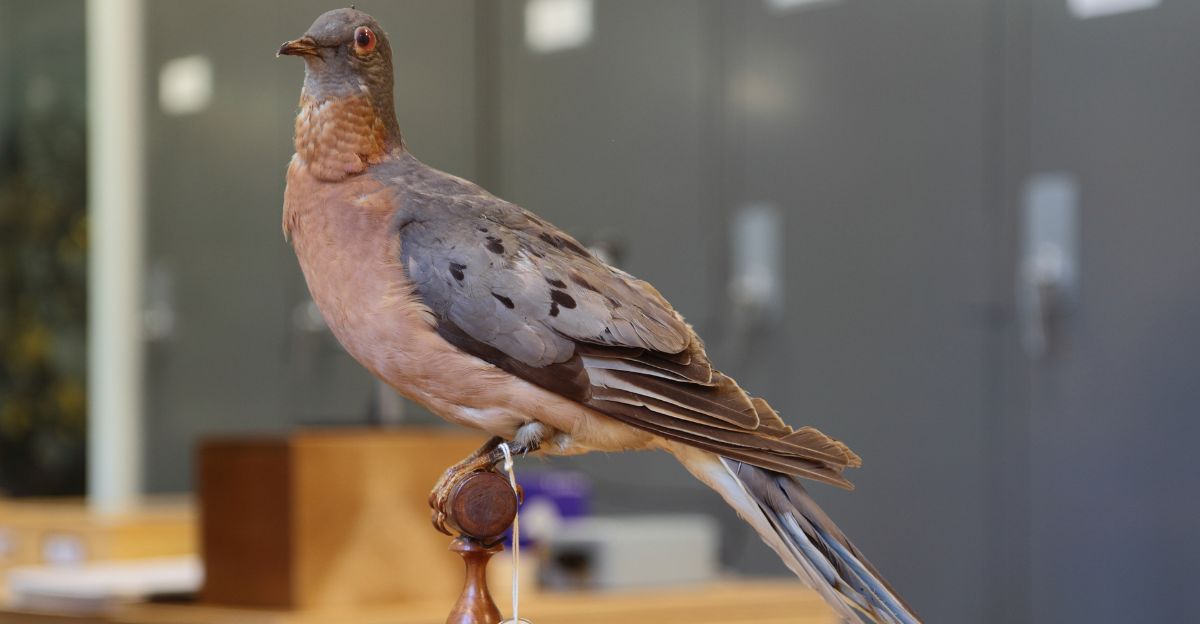
It’s hard to believe that at one point, Passenger Pigeons were the most abundant bird in North America. They would migrate in massive flocks that were so dense that they blocked out the sun for miles.
But sadly, their vast numbers gave a false sense of security until relentless hunting and habitat destruction decimated them. In 1914, Martha, the last known Passenger Pigeon, died in captivity.
3. Eastern Elk
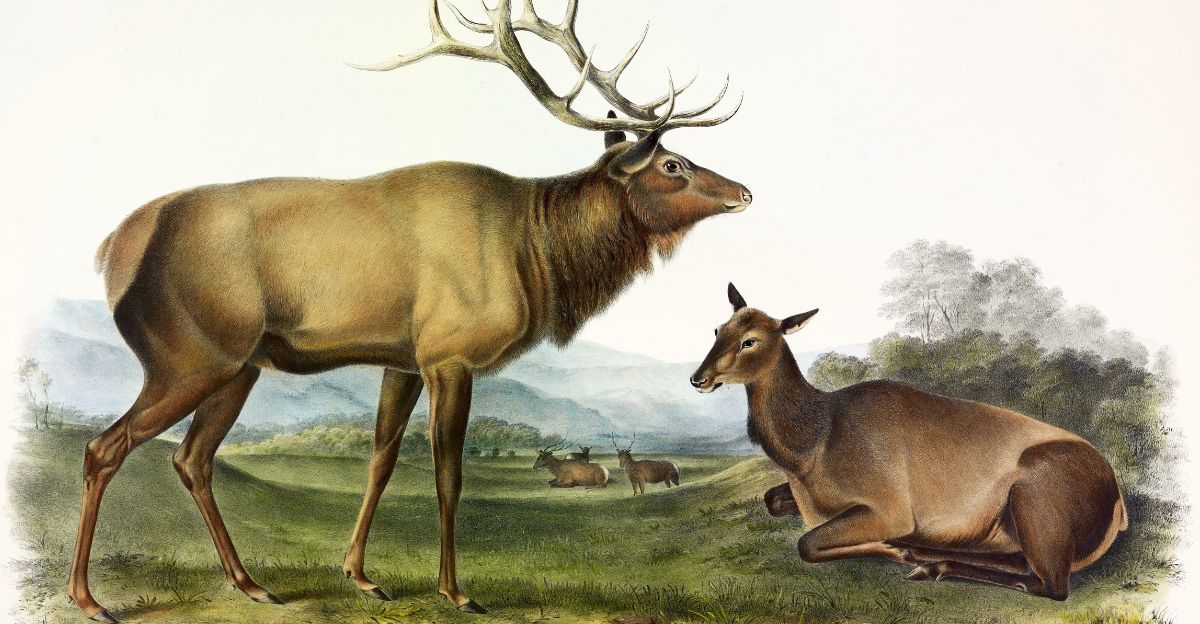
At a time, Eastern Elk could be found across forests and grasslands in the eastern United States. However, unsustainable overhunting, land conversion for farming, and the absence of protective measures led to their disappearance.
By the time the mid-1800s rolled around, the Eastern Elk had been completely eradicated. Today, symbolic reintroductions of western elk attempt to replace this vanished giant.
4. Great Auk
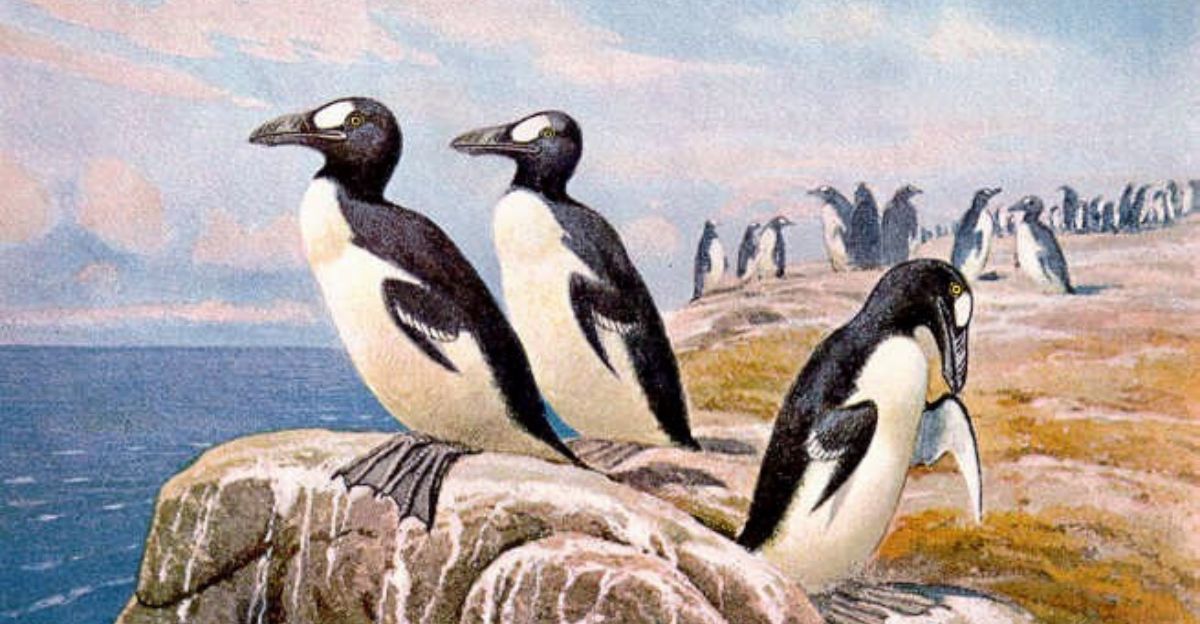
The Great Auk was a large, flightless seabird that used to nest by the thousands along the North Atlantic coast, including Northeast America. However, these birds were valued for their meat, eggs, and feathers, and quickly became a target for exploitation during Europe’s expansion.
By the mid-19th century, the once-abundant species had disappeared. The Great Auk’s loss was one of the first widely acknowledged human-driven extinctions.
5. Sea Mink
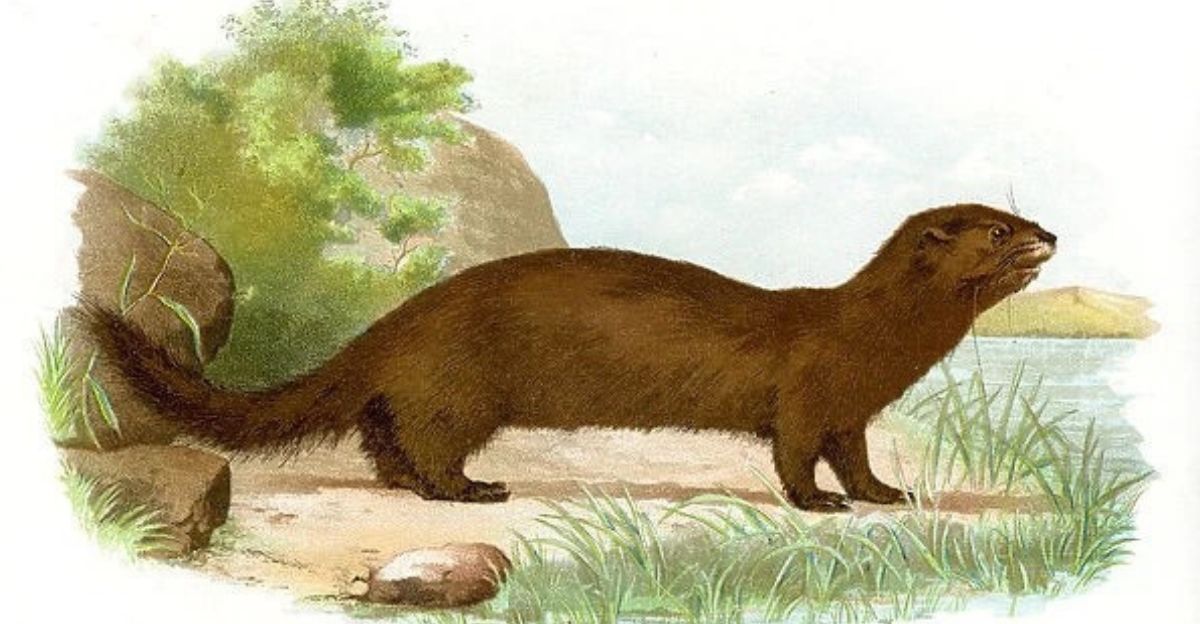
The Sea Mink was a larger cousin of today’s American mink, and flourished along coastal Maine and nearby Canadian waters. It was valued for its luxurious, thick fur, and was heavily trapped throughout the 1800s until none remained.
Its disappearance not only ended an entire species but highlighted the ecological costs of the fur trade. Today, it survives only in fossils and bones.
6. Heath Hen
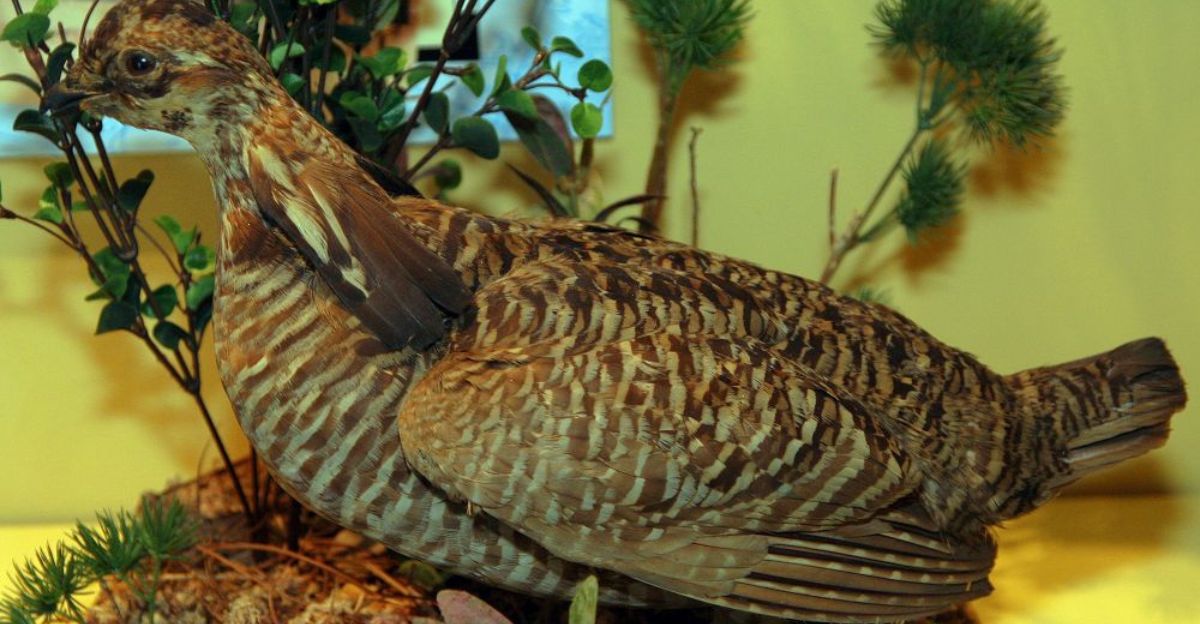
The Heath Hen, which was once common across the eastern United States, especially coastal heathlands and scrub areas, was a ground-dwelling relative of the prairie chicken.
Despite efforts to create reserves after its numbers plummeted, the population kept shrinking due to disease and predation. The very last male, who was nicknamed “Booming Ben,” died in 1932 on Martha’s Vineyard.
7. Labrador Duck
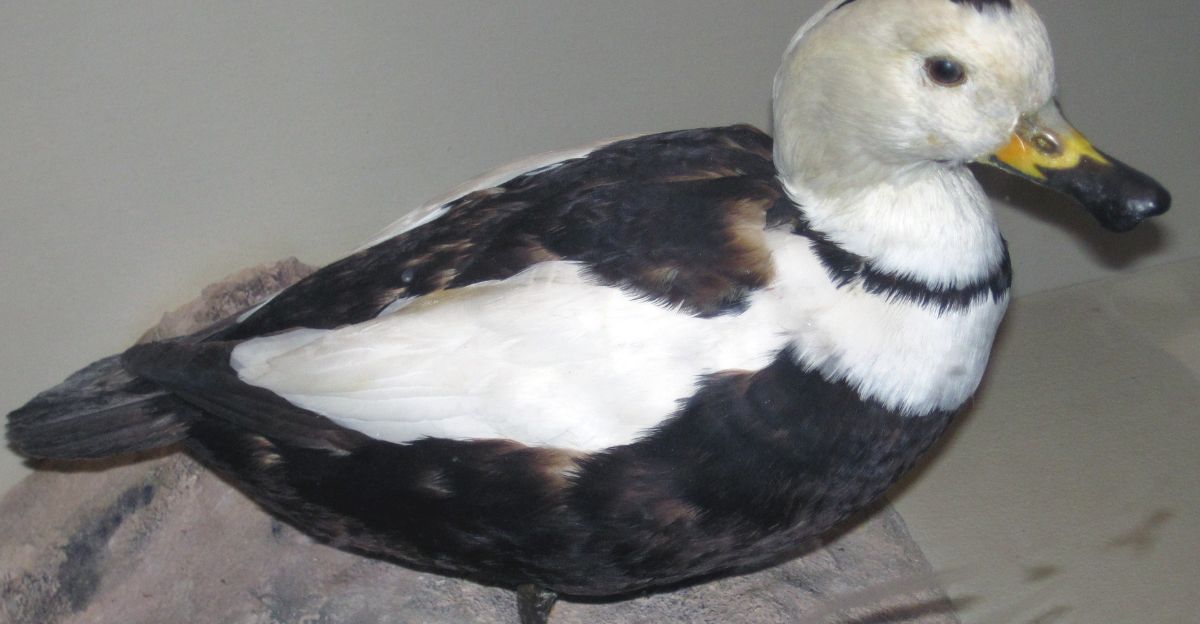
The Labrador Duck was a small but strikingly patterned sea duck. Today, it remains one of the greatest ornithological mysteries in North America. It was rare even in its time, but it disappeared rapidly in the mid-1800s.
Some scientists debate whether it was naturally scarce or decimated by hunting and food shortages. Regardless, the last known Labrador Duck was seen in 1875.
8. Dusky Seaside Sparrow
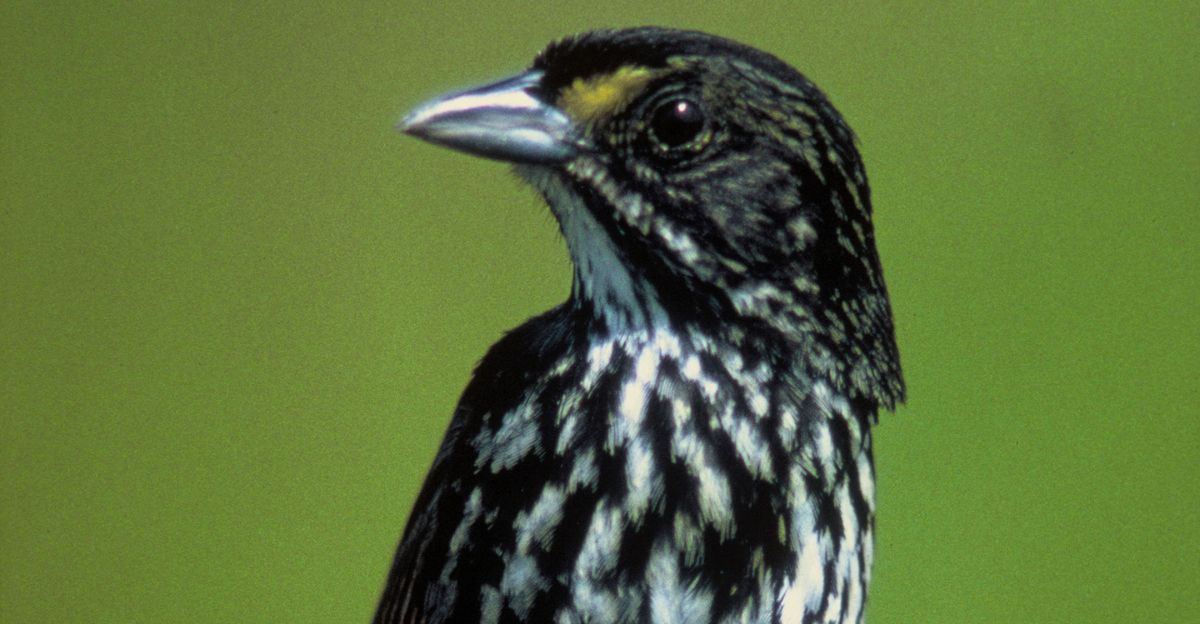
At a time, the Dusky Seaside Sparrow was found only in the marshes of central Florida, but sadly, it became a victim of pesticides and rapid land development. This sparrow was known for its dark plumage and mournful songs. It was closely monitored as its numbers collapsed.
By 1987, the last confirmed individual was gone. Despite captive breeding attempts, the species could not be saved.
9. California Grizzly Bear
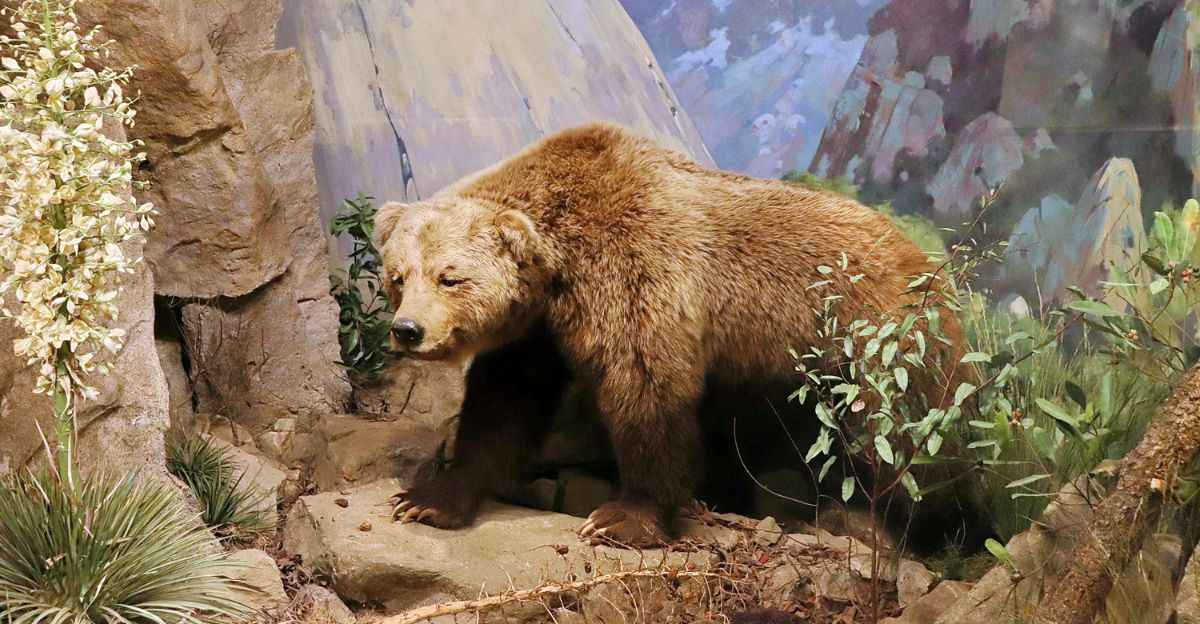
The California Grizzly once roamed vast territories, and was so iconic that it ended up immortalized on the state flag. However, as settlers expanded agriculture and ranching, conflicts led to the widespread killing of grizzlies.
By the 1920s, they were driven completely extinct in California. However, today, the bear still waves proudly on banners.
10. Ivory-Billed Woodpecker
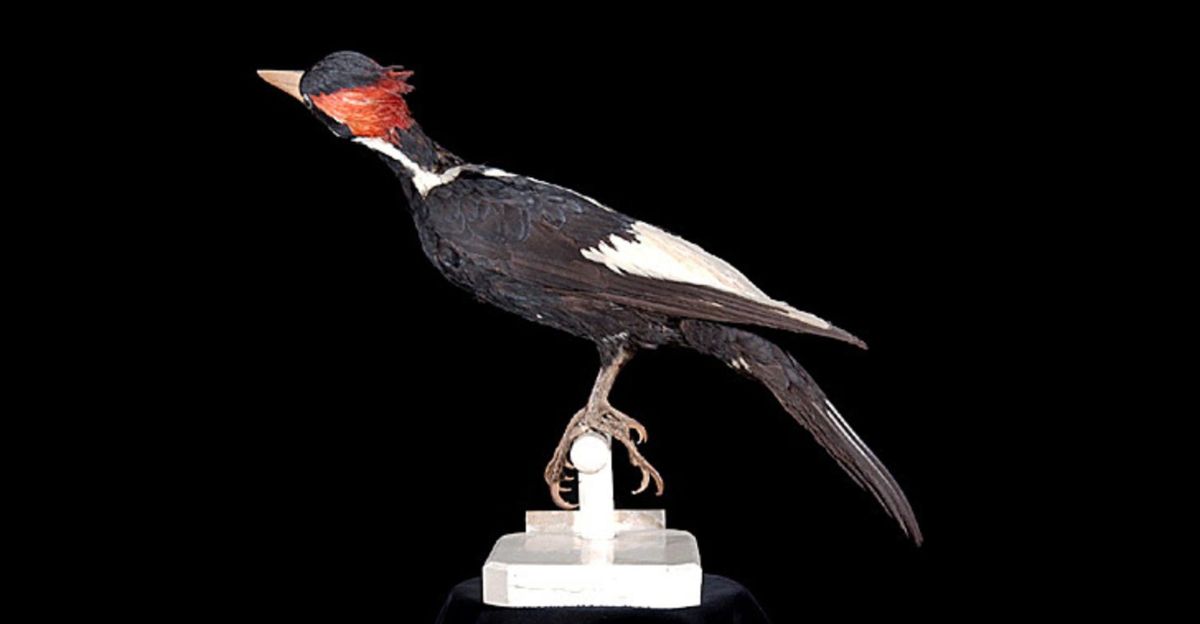
Known as the “Lord God Bird” for its stunning appearance and massive size, the Ivory-Billed Woodpecker once inhabited Southern swamps. But sadly, overhunting and massive deforestation drove the species toward oblivion in the 20th century.
Hope lingers through alleged sightings, though none are confirmed. Today, most experts accept it as extinct.
11. Xerces Blue Butterfly
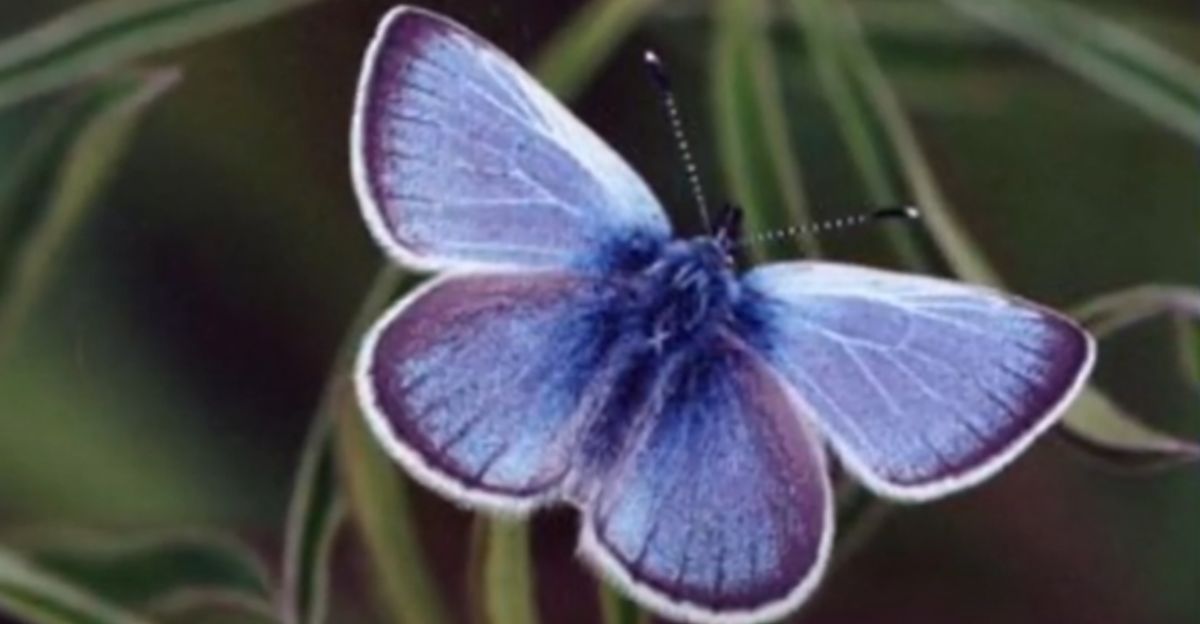
This brilliant blue butterfly, which was once very common in the sand dunes near San Francisco, became the first butterfly in North America to go extinct due directly to human activity.
Habitat loss through urban expansion in the 1940s ended its population. Its disappearance sparked early movements in insect conservation and remains a symbol of delicate species pushed out by modernization.
12. Blackfin Cisco
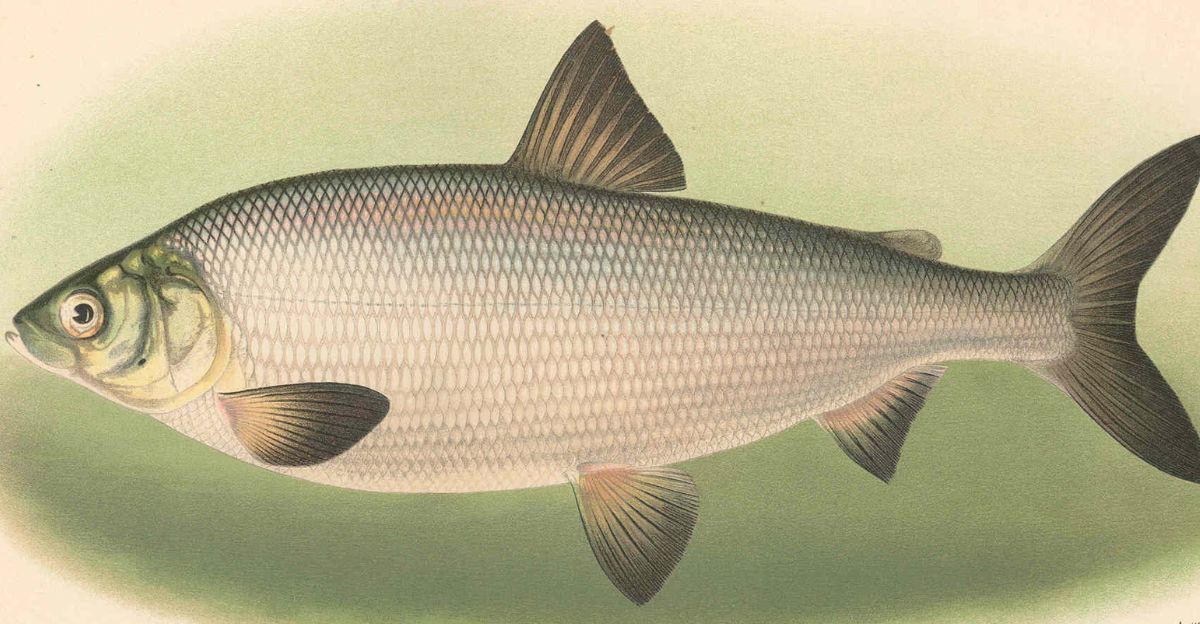
Native to the Great Lakes, the Blackfin Cisco was once part of a rich freshwater fish community. Unfortunately, rampant overfishing, pollution, and the introduction of invasive species like smelt and alewives devastated its populations.
By the 1960s, the species had completely vanished. The Blackfin Cisco’s extinction shows how even water ecosystems can collapse quickly under human pressures and market demands.
13. Steller’s Sea Cow
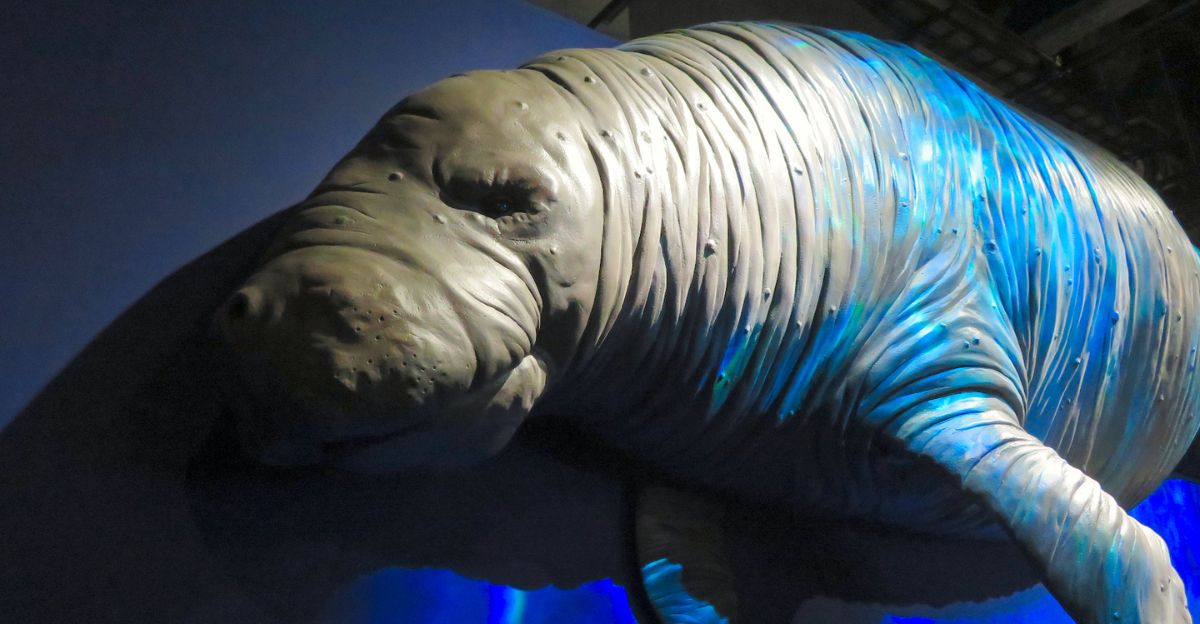
Discovered in the 18th century in the North Pacific, Steller’s Sea Cow was a massive herbivorous marine mammal. It was a cousin of today’s manatee.
Unfortunately, it was an immediate target for whalers and explorers who slaughtered them for food and fat. Within just 27 years of their discovery, the gentle giants were completely eradicated.
14. Rocky Mountain Locust
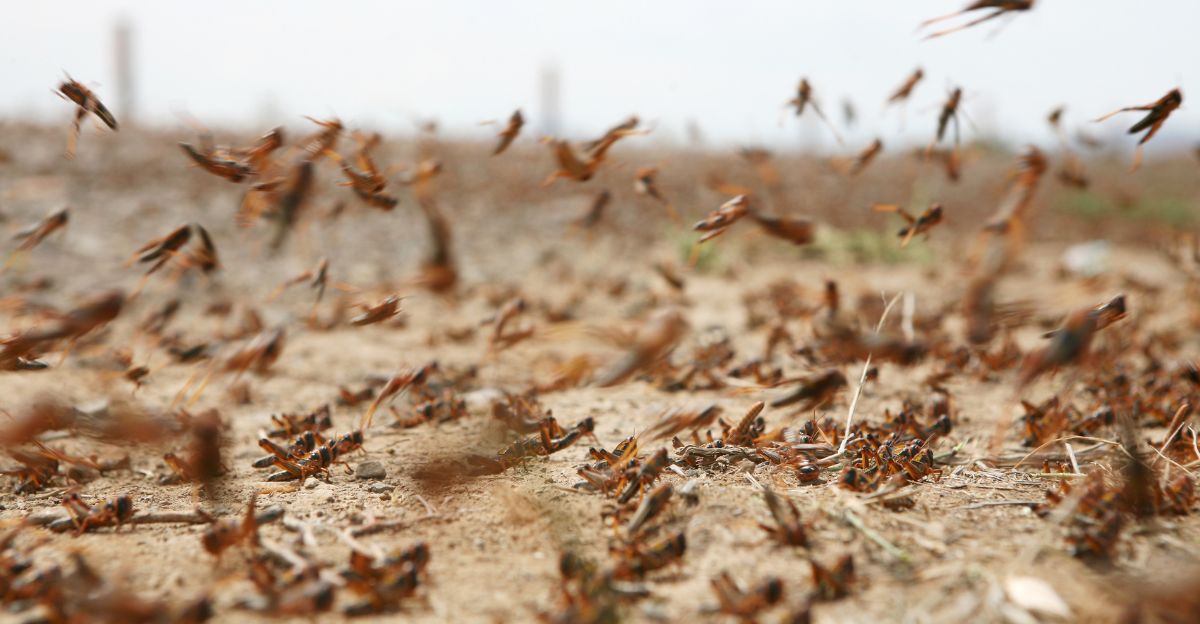
The Rocky Mountain Locust formed massive swarms across the prairies, sometimes so immense they could strip fields within hours. Farmers dreaded them, but by the late 1800s, settlement expansion destroyed crucial breeding grounds for these insects.
By the 1900s, the species was gone. Its sudden disappearance remains one of biology’s great mysteries, marking nature’s unpredictability and fragility.
15. Canary Islands Oystercatcher
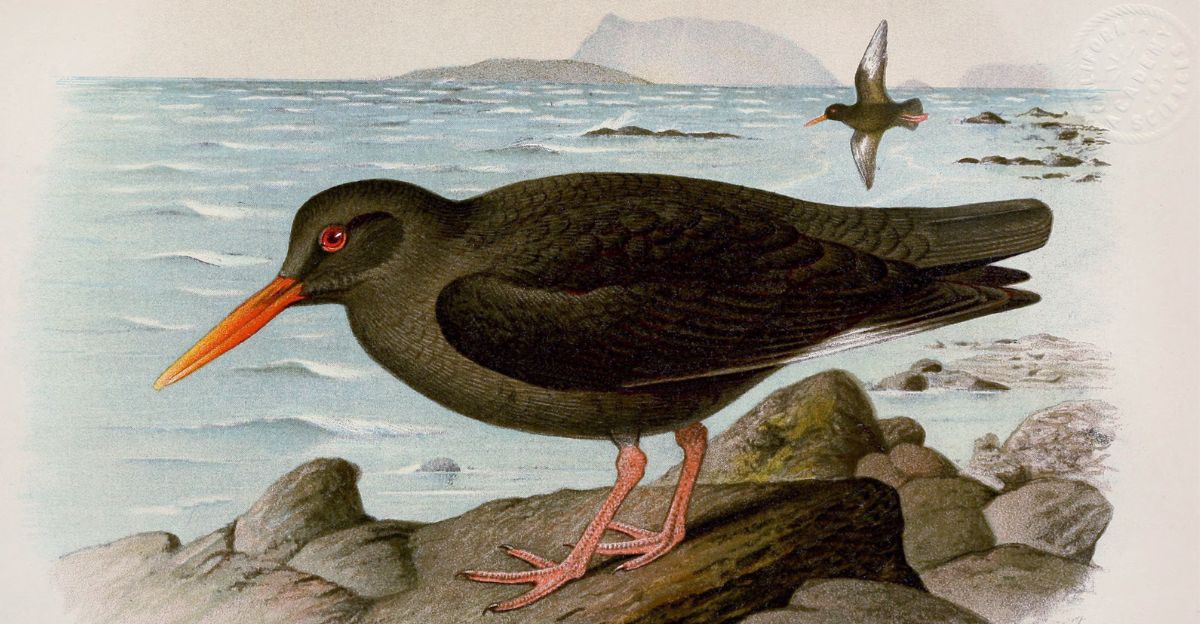
The Canary Islands Oystercatcher is sometimes debated as a North American bird, tied loosely through migratory histories. Regardless of its debated range, it remains absent from modern ecosystems.
Its dark plumage and striking red bill once helped it stand out on beaches. However, the overharvesting of its shellfish food source and human disturbance eliminated it by the 20th century.
16. Caribbean Monk Seal
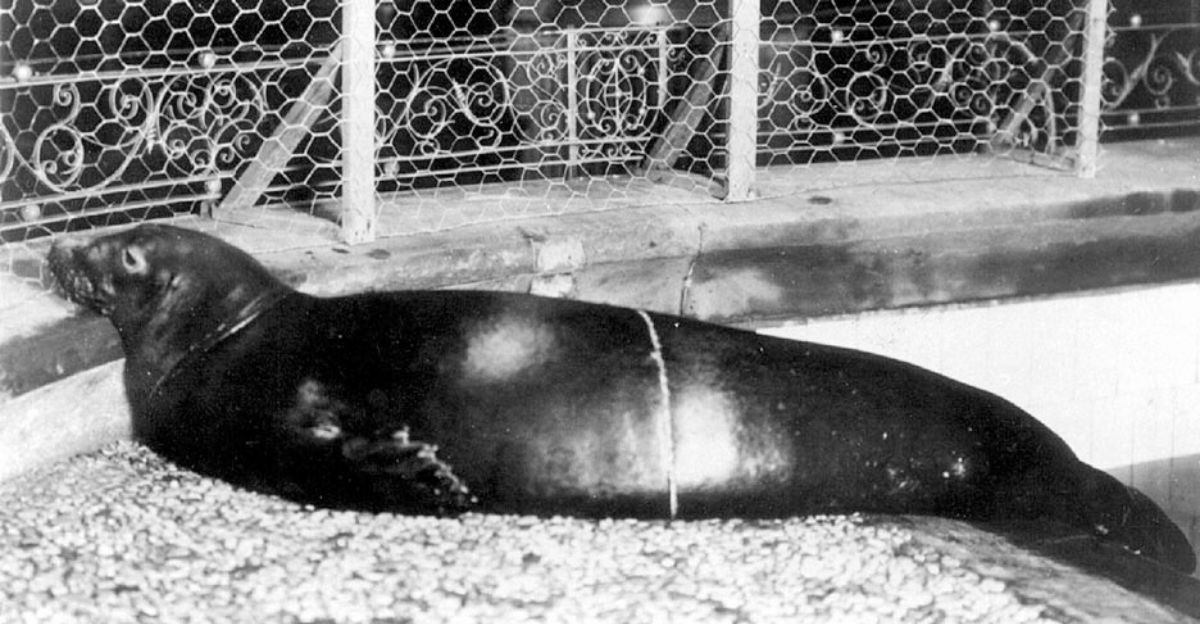
The Caribbean Monk Seal once thrived in warm Caribbean waters and southern U.S. coasts. However, it was overhunted for its oil-rich blubber and pushed away from resting beaches due to human activity. By the 1900s, they were critically endangered.
The last confirmed sighting happened in the 1950s, before the species was declared extinct decades later. Today, only closely related monk seals survive in remote locations.
17. Silver Trout
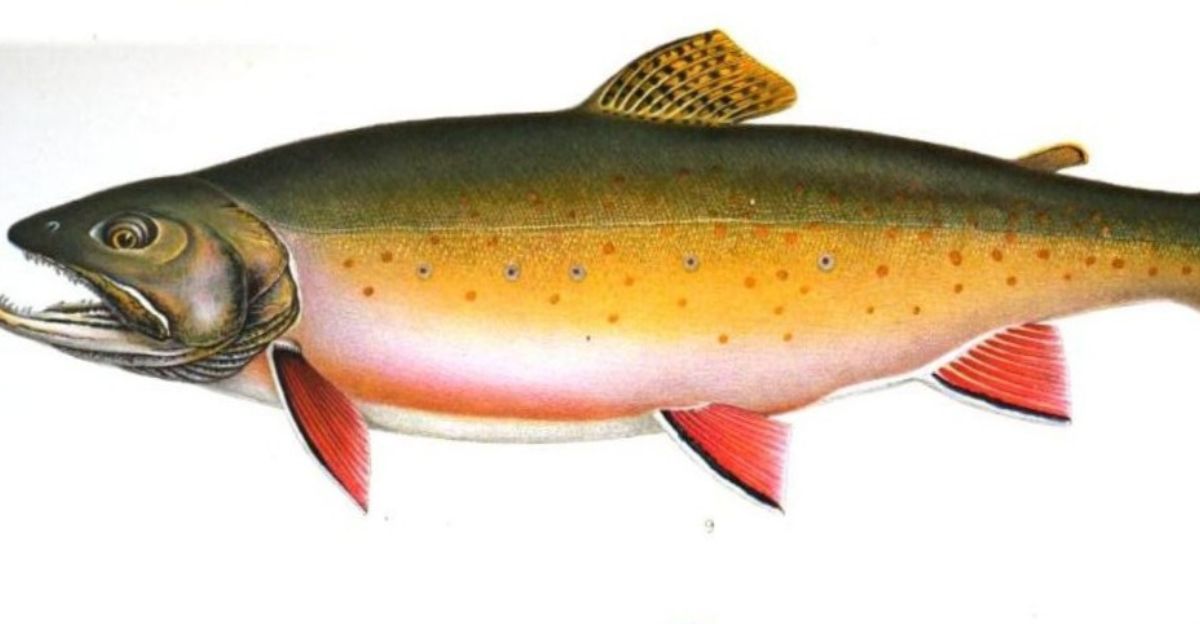
The Silver Trout, a silvery, shimmering fish, lived only in cold-water streams of New Hampshire. It was elegant and rare, and quickly disappeared under fishing pressure and competition introduced by non-native trout species stocking programs.
By the early 1900s, all records of the Silver Trout had vanished. Its unique genetic profile is gone, showing how freshwater ecosystems can fade silently.
18. Tecopa Pupfish
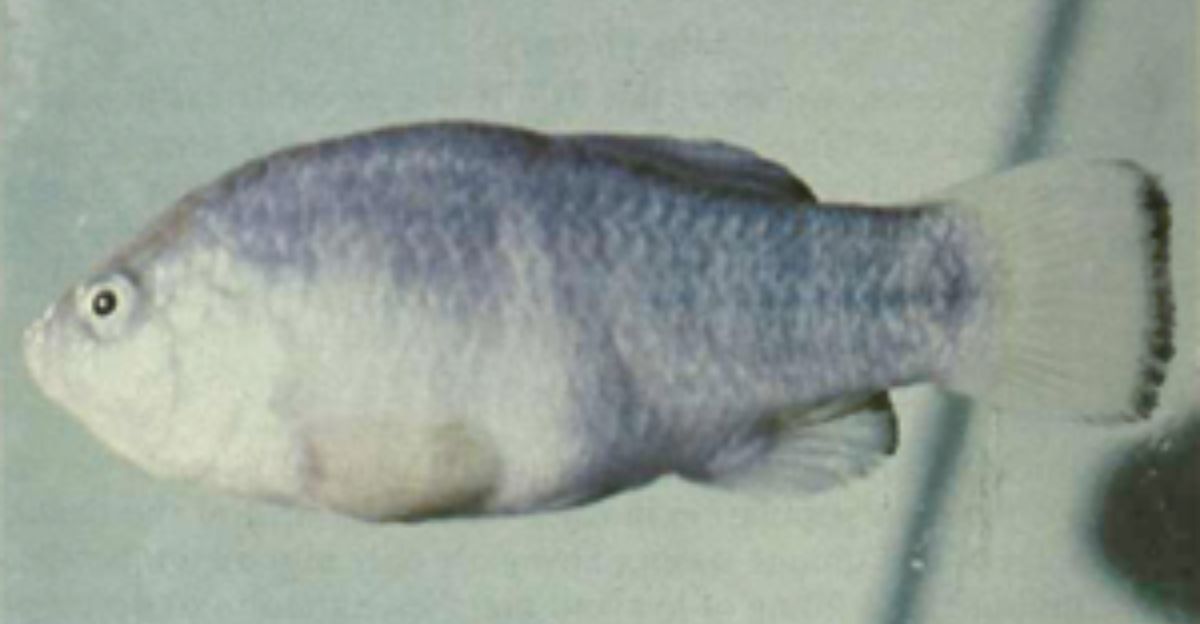
Tecopa Pupfish were tiny desert fish that were native to isolated hot springs in Death Valley, California. Adapted to extreme conditions, they thrived until geothermal resorts, habitat alteration, and the introduction of competitor species destroyed the balance.
By the 1980s, the fish was gone and was one of the first officially listed as extinct under the Endangered Species Act.
19. Irish Elk / Fossil North American Relatives
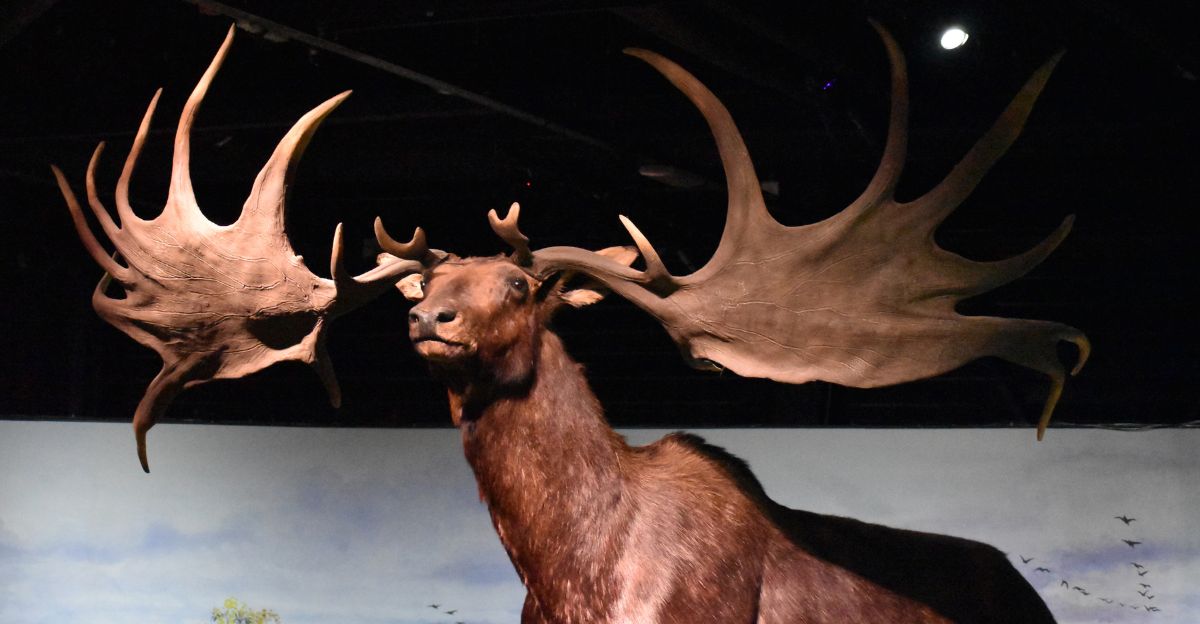
Although most remember it as an Old World giant, fossil evidence ties massive deer-like species, relatives of the Irish Elk, to ancient North America.
Creatures like these once roamed freely until climate change and early hunting destroyed their populations.